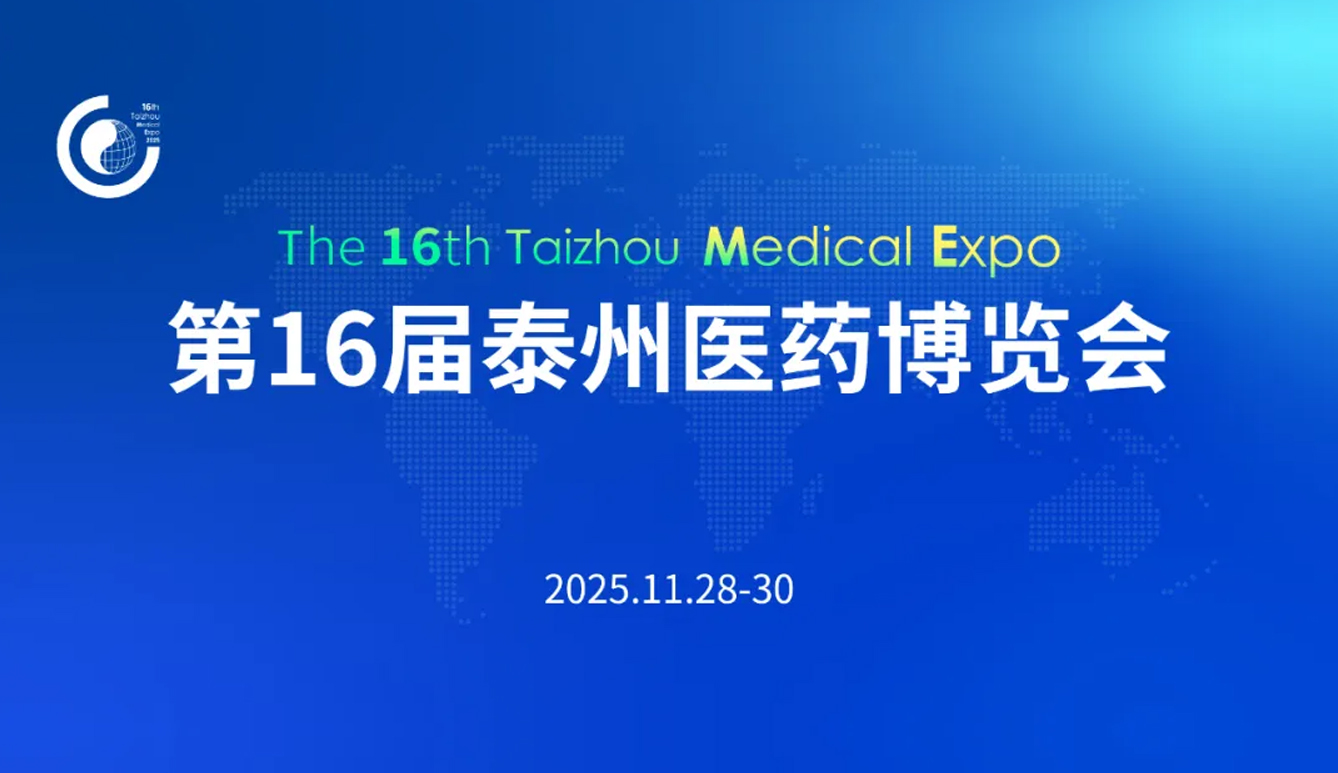清洁验证缺陷引发的数据完整性思考
2025-03-26 13:20:51通常我们在迎接官方检查时,认为只要按照官方的要求将清洁验证方案写完善,擦拭样和淋洗样结果合格,官方一般就会认为符合要求,但是,随着最近一些FDA483的提出,我们意识到官方越来越关注细节,企业需要重视员工是否真正执行了方案的内容,结果是否真的合格。下面我们来看一些相关的例子,希望引起重视。
1、While performing an independent walking through of Workshop (b)(4) Building (b)(4) on November 19, 2024, your firm officials explained that for the Cleaning Validation of (b)(4) (ID: XVII-204) (v)(4) XVII-309) swab samples were collected by production operators going physically inside of the equipment due to the (b)(4) distance of the swabbing locations from the equipment access point (b)(4). Upon review (b)(4) Cleaning Validation Protocol in Workshop (b)(4) Document Number: CVC-20036(P) we observed that there is no documented protocol on how your operators will physically enter this equipment without compromising the integrity of the equipment cleaning and its qualification. Your cleaning requirement for the operators or provide sufficient detailed instructions to determine the specific swabbing location once inside the equipment.
在2024年11月19日对(b)(4)车间(b)(4)大楼进行检查时,贵公司人员解释说,对于 (b)(4)的清洁验证(ID:XVII-204)(v)(4)XVII-309),由于擦拭位置与设备进入点(b)(4)距离较远,由生产操作员实际进入设备内部收集擦拭样本。在审查车间(b)(4)文件编号:CVC-20036(P)中的(b)(4)清洁验证方案时,我们观察到,没有记录在案的方案说明操作员如何实际进入该设备而不损害设备清洁的完整性及其确认状态。未能对操作员的清洁要求提供足够详细的说明,以确定进入设备后的具体擦拭位置。
Your firm cleaning validation protocol is deficient on identifying a potential cross contamination by the operator during the sampling process. Your operators are entering inside the equipment from a room that has not been evaluated for cleanliness and this practice can potentially further contaminated further contaminated the cleaned equipment that will be (b)(4) lots of (b)(4) sampled and then used in the manufacturing process of your APs. Since January 2023,a total of lots of (b)(4) were manufactured using both the (ID: XVI-204) and (XVII-309). All lots are currently within their respective retest date in the U.S. market.
贵公司的清洁验证方案在识别取样过程中操作员行为的潜在交叉污染方面存在缺陷。您的操作员从未经清洁度评估的房间进入设备内部,这种做法可能会进一步污染清洁后的设备,这些设备将被用于(b)(4)批次取样,然后用于您的API生产过程。自2023年1月以来,使用(ID:XVI-204)和(XVII-309)生产了总共(b)(4)批次。目前这些批次中在美国市场上市的,均在各自的复检日期内。
zhejiang_huahai_pharma_zhejiang_china_11.20.24_483
2、Failure to ensure training is regularly conducted by qualified individuals and covers, at a minimum, the particular operations that each employee performs and CGMP as they relate to the employee's functions.
未能确保培训由合格人员定期进行,并至少涵盖每位员工执行的特定操作以及与员工职能相关的CGMP。
Specifically:
A. Your firm fails to train your manufacturing personnel on how to perform swab sampling (at the most difficult clean area of (b)(4) equipment ID#4005 and equipment ID#016) for cleaning verification after product-to-product change over cleaning (Type-II cleaning) and periodic batch to batch cleaning (Type-II cleaning).
贵公司未能培训生产人员如何在产品间更换清洁(II型清洁)和周期性批次间清洁(II型清洁)后采用拭子取样(在(b)(4)设备ID#4005和设备ID#016的最难清洁区域)进行清洁验证。
B. Your firm fails to train your QC analysts on how to assess microbial growth in a growth promotion test using (b)(4) media.
贵公司未能培训QC人员如何使用(b)(4)培养基在促生长试验中评估微生物生长。
apitoria_pharma_pvt._ltd._telangana_india_9.27.24_483
3、Standard Test Procedures (STPs) used for swab samples analyses are deficient. For example, but not limited to:
用于拭子样本分析的标准测试程序(STP)是有缺陷的。包括但不限于:
Per your protocol and report for periodic monitoring of cleaning procedure, is the worst to clean drug substance from the equipment surfaces. Your STP No.: IPPTLE013-02, Name of Product: Effective date: 10-Feb-2014 established for the detection of drug substance does not assure the accuracy of swab sample test results. This STP refers to sonicating swab sample for in test tube containing 4ml of On 17-Jun-2024. I observed 4ml of was not sufficient to dip the entire swab stick head into solvent. The 4ml of dipped only about 40% of swab stick head while the other approximately 60% also contained materials upon swabbing from ID: was not extracted completely into the solution due to inadequacies in your test procedure for swab test sample solution preparation. There is a potential that the actual results for swab samples and could potentially be much higher than the reported results (refer to Table 1) and unknown impurities than the reported results.
根据您定期监测清洁程序(STP编号:IPPTLE013-02,生效日期:2014年2月10日)执行的方案和报告显示,从设备表面清洁原料药是最差的,,用该程序检测原料药时,不能保证拭子样本检测结果的准确性。该过程是指2024年6月17日对含有4ml的试管中的拭子样本进行超声处理。我观察到4ml不足以将整个拭子棒头浸入溶剂中。由于拭子供试品溶液制备的检测程序不充分,4ml仅浸渍了约40%的拭子棒头,而另外约60%的拭子棒头也含有来自ID的物质:未完全提取到溶液中。拭子样品的实际结果可能远高于报告结果(参见表1),未知杂质也可能远高于报告结果。
Subsequently, there is no assurance over the reliability of your analytical test method validation (Report No.: MVR-TLET-RD-013/00, Approval date: 25-Nov-2009) pertaining to swab sample analysis for the detection of drug substance considering the swab head was not completely into 4ml to ensure extraction of drug substance from the surface areas of swab head.
随后,考虑到拭子头未完全进入4ml以确保从拭子头表面区域提取原料药,因此无法保证您的分析方法验证(报告编号:MVR-TLET-RD-013/00,批准日期:2009年11月25日)的可靠性。
mylan_laboratories_ltd._pithampur_india_6.26.24_483_0_0
以上三条FDA483虽然没有完全将问题归为数据完整性问题,但是我们不难看出,这些问题会引发清洁验证结果造假嫌疑。在此还是提醒企业在执行清洁验证过程中重视清洁程序本身的有效性,取样的可操作性,结果的可追溯性,确保不会被官方挑战。
- 上一篇:药政法规更新摘要(2025年3月)
- 下一篇:药政法规更新摘要(2025年2月)











